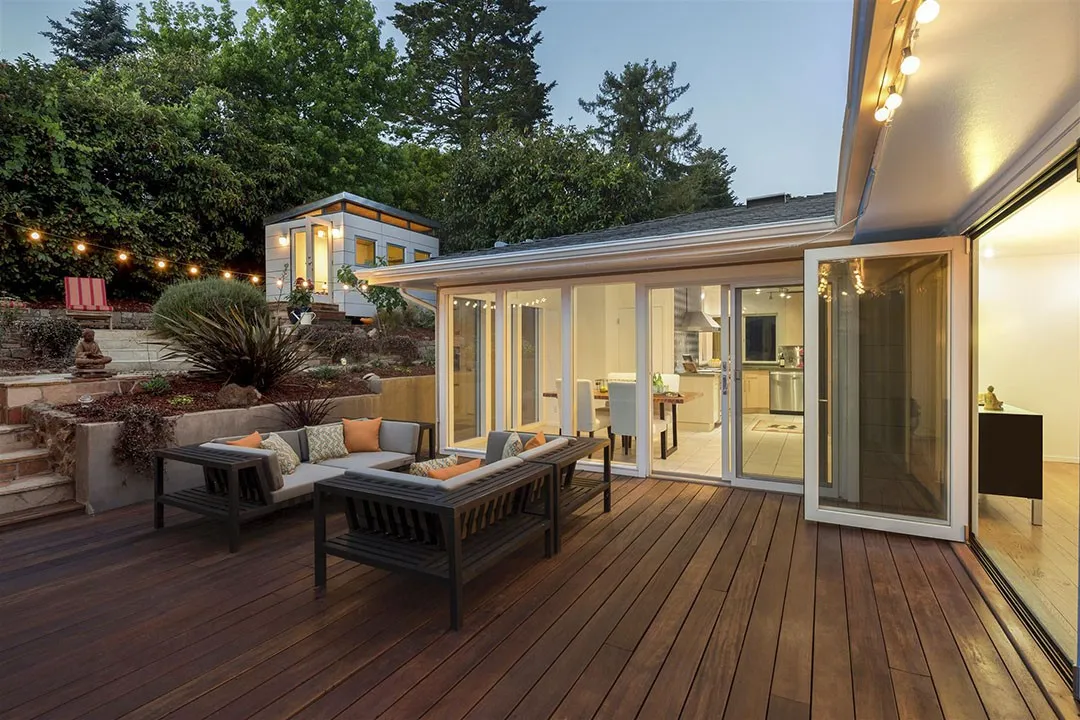
How Long Does Exterior Paint Take to Dry? A Practical Breakdown
How Long Does Exterior Paint Take to Dry? A Practical Breakdown
How Long Does Exterior Paint Take To Dry

The Quick Answer: Exterior Paint Drying Times at a Glance
- Touch-Dry: 1–2 hours
- Ready for a Second Coat: 4–6 hours (water-based paints), 24 hours (oil-based paints)
- Fully Cured: 7–30 days
So, What��’s the Hold-Up? (Factors That Affect Drying Times)
1. The Type of Paint You’re Using
- Water-Based Paints: Dry faster than oil-based paints, usually within 4–6 hours for a second coat. They’re great for milder climates.
- Oil-Based Paints: These take their sweet time—expect to wait at least 24 hours before applying another coat. However, they’re more durable and ideal for harsh weather conditions.
2. The Weather
- Temperature: Paint dries best between 50°F and 85°F. Too cold? It slows down the process. Too hot? It can dry the surface too quickly while leaving the layers underneath soft.
- Humidity: High humidity means more moisture in the air, which keeps the paint from drying properly. Aim for dry, sunny days with humidity levels below 50%.
- Rain or Dew: If the paint hasn’t thoroughly dried and it rains, say goodbye to that smooth finish. Even morning dew can ruin the job, so plan accordingly.
3. The Surface You’re Painting
- Wood: Porous and tends to soak up paint. It may dry faster but could need multiple coats.
- Metal: Requires priming to avoid rust and dries slower due to the slick surface.
- Brick or Stucco: Absorbs paint unevenly and might take longer to fully dry.
4. Thickness of the Paint Application
5. Use of Primer
Pro Tips to Speed Up Drying Without Ruining Your Hard Work
- Work in Ideal Weather: Paint early in the day when it’s not too hot or cold.
- Use Fans or Ventilation: Increase air circulation around the painted surface.
- Pick the Right Paint: Quick-drying water-based paints are your friend if time is tight.
- Avoid Overloading Your Brush: Thin, even coats dry faster than thick, goopy ones.
- Read the Label: Manufacturers often provide specific drying times—don’t ignore them!
Can You Paint Over Wet Paint? (Spoiler: Don’t Do It)
How to Test If Your Paint is Dry (Without Guessing)
- Touch Test: Lightly press your fingertip against the surface. If it feels sticky or leaves a mark, it’s not dry yet.
- Nail Scratch Test: Gently run your fingernail over the paint. If it scratches off easily, give it more time.
Patience Is Your Best Friend Here
Reach out to North Pacific Painting if you’re ever in doubt. With over 15 years in the biz, I’ve seen it all, and trust me, experience goes a long way when it comes to getting that picture-perfect finish.

